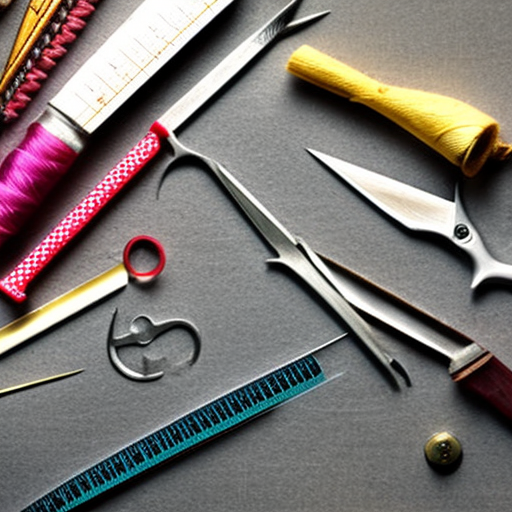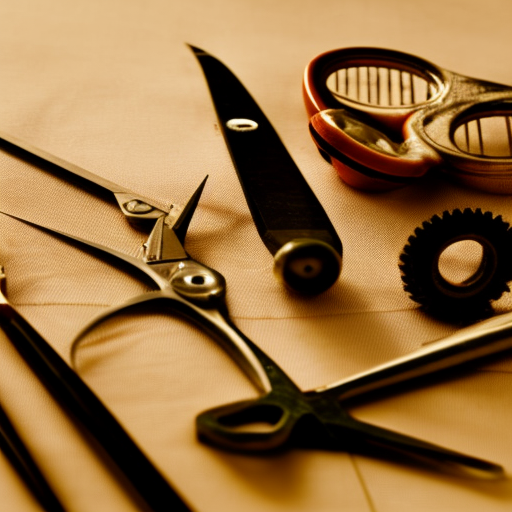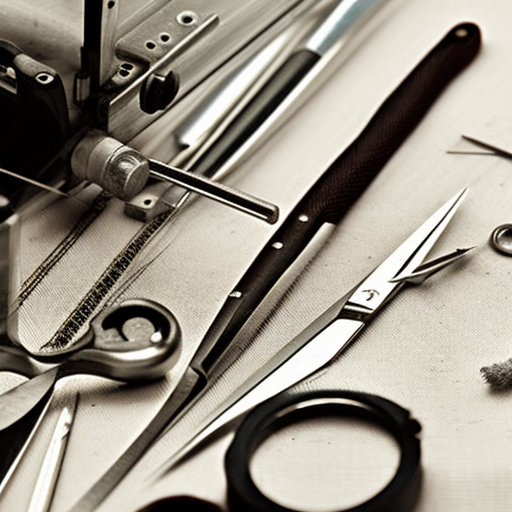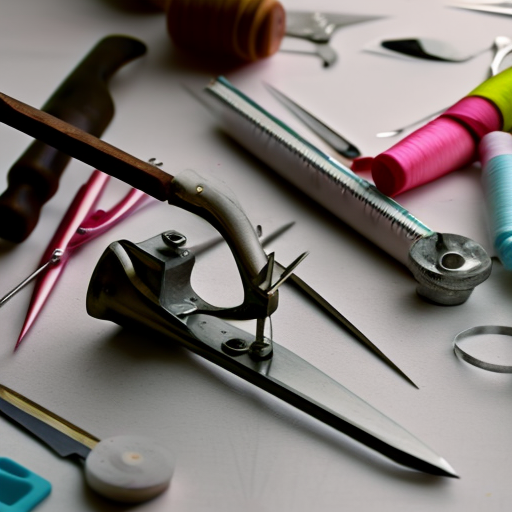Sewing Tools for Sixth Grade Students
A Fun and Useful Skill to Learn
Sewing is a valuable skill that has been passed down for generations. It not only allows you to create beautiful and unique pieces of clothing and decorations, but it also teaches you patience, creativity, and attention to detail. Learning how to sew at a young age can be beneficial for your future and also a fun hobby to have. In sixth grade, you have reached an age where you can handle more complex tasks and projects, making it the perfect time to explore the world of sewing.
Basic Sewing Tools
Before diving into the different types of sewing tools, it’s essential to understand the basic tools that you will need for most projects. These tools include:
- Needles - There are various types and sizes of needles, but for beginners, a pack of assorted needles will suffice.
- Threads – Threads come in a variety of colors and materials. For beginners, it’s best to stick with a basic all-purpose thread.
- Pin cushion – This is where you can store your needles to keep them safe.
- Seam ripper – As the name suggests, this tool is used to remove unwanted stitches.
- Scissors – Investing in a pair of good quality fabric scissors is crucial. These should only be used for cutting fabric and nothing else.
- Tape measure – Used for measuring fabric and creating accurate cuts.
- Pins – These are used to hold the fabric in place when sewing.
More Advanced Tools
Once you have mastered the basics of sewing, you may want to explore more advanced tools. These tools are not necessary but can make your sewing experience easier and more enjoyable.
- Rulers – These are useful for drawing straight lines and measuring more precise measurements.
- Chalk or Fabric Marker - These tools allow you to mark your fabric for cutting and sewing.
- Sewing machine – While hand-sewing is a valuable skill, a sewing machine can make your sewing projects much quicker and more efficient.
Tips for Using Sewing Tools
Now that you have the necessary tools, here are some tips to keep in mind while using them:
- Always use sharp scissors to avoid frayed edges. Blunt scissors can damage the fabric and make it difficult to cut accurately.
- Keep your needles and pins in a pin cushion or container to prevent accidents.
- When using a sewing machine, make sure to read the instructions carefully before use.
- Always sew slowly and carefully. Sewing requires patience and precision.
- Practice on scrap fabric before starting a project to get comfortable with the different tools and techniques.
Projects for Sixth Graders
Now that you have a good understanding of sewing tools and how to use them safely, it’s time to start working on some fun projects. Here are some ideas to get you started:
- Pillowcases - This project is perfect for beginners and can be personalized with different fabric patterns and designs.
- Pencil case – This project provides ample opportunity to practice different techniques like zippers and pockets.
- Tote bags – Tote bags are versatile and can be used for carrying books, groceries, or as a tote for sleepovers and picnics.
Above all, the most important thing when learning how to sew is to have fun and be patient. Sewing is a skill that takes time to develop, but with practice, you will be creating beautiful pieces in no time. So, gather your sewing tools, pick a project, and let your creativity fly!






Great for my daughter
Caroline Park: My grandkids love these!
This sounds perfect for helping kids learn the essential basics of sewing! With tools that are suitable for Grade 6, this could be incredibly helpful in demonstrating and teaching sewing techniques, materials and projects. It’s wonderful that these tools can bring so much joy to both Grandkids and Daughters alike!
Such an amazing way to encourage creativity in our youth!